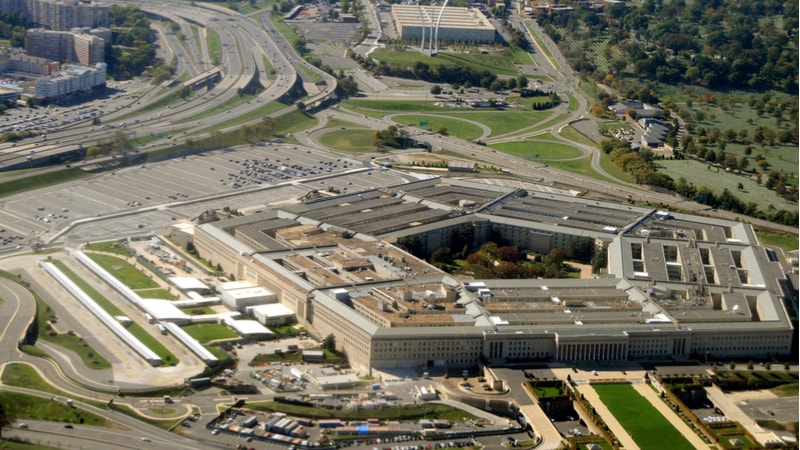
James Caggy, President Donald Trump’s nominee to serve as assistant secretary of defense (ASD) for mission capabilities, told senators Tuesday that he would work to speed the delivery of advanced technologies to U.S. troops and strengthen partnerships with the defense tech industry.
“It’s incredibly important that the mission capabilities office works and partners with the services, with laboratories and works alongside the combatant commands to ensure that we can prototype, test, experiment and get validated warfighter feedback back to our industry partners,” Caggy said during his Oct. 28 confirmation hearing before the Senate Armed Services Committee.
If confirmed, Caggy said he would focus on three priorities: accelerating prototyping and delivery of new capabilities, improving development and testing pipelines, and strengthening the Pentagon’s partnerships with emerging defense technology firms.
“We must shorten the cycle from idea to impact,” he said. “Success in this area means we won’t just innovate in a lab – we’ll get technology into the field where it can make a difference for the men and women on the front lines.”
As a former Army infantry officer and technology executive, Caggy said his approach blends operational experience and technical expertise.
“As a soldier in combat, I learned firsthand that having superior capabilities can be a matter of life or death for the troops on the ground,” he said. “As a technologist, I see how cutting-edge innovation, such as artificial intelligence, directed energy weapons, hypersonics and advanced space systems, can transform our military if we can get those innovations out of the lab and into the field quickly.”
He emphasized that his metric for progress would be “speed with credibility,” as well as how quickly the department can prove a technology works and field it at scale “without compromising safety or effectiveness.”
Additionally, Caggy promised to strengthen relationships with startups and private-sector innovators through initiatives such as the Technology Readiness Experimentation series and the Accelerate the Procurement and Fielding of Innovative Technologies program.
“Startups have transformative ideas but get stuck in our processes … we need to be a better partner – clear, fast and predictable,” Caggy said.
Caggy’s nomination, submitted June 30, marks the administration’s latest effort to fill key roles within the Pentagon’s research and engineering directorate. If confirmed, he would become the first official to hold the title of ASD for mission capabilities, a position created in 2023 by the Biden administration to advance defense innovation and streamline technology development.
Before his nomination, Caggy served as an advisor to the Strategic Capabilities Office in the Office of the Secretary of Defense. He previously spent a decade in leadership roles at Amazon Web Services and served about 20 years in the U.S. Army, both on active duty and in the Reserve.
